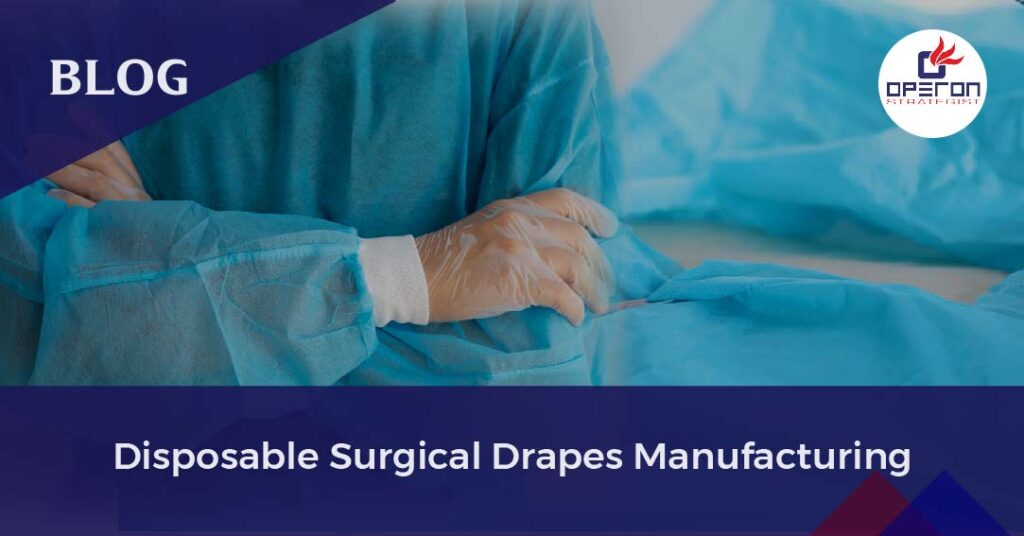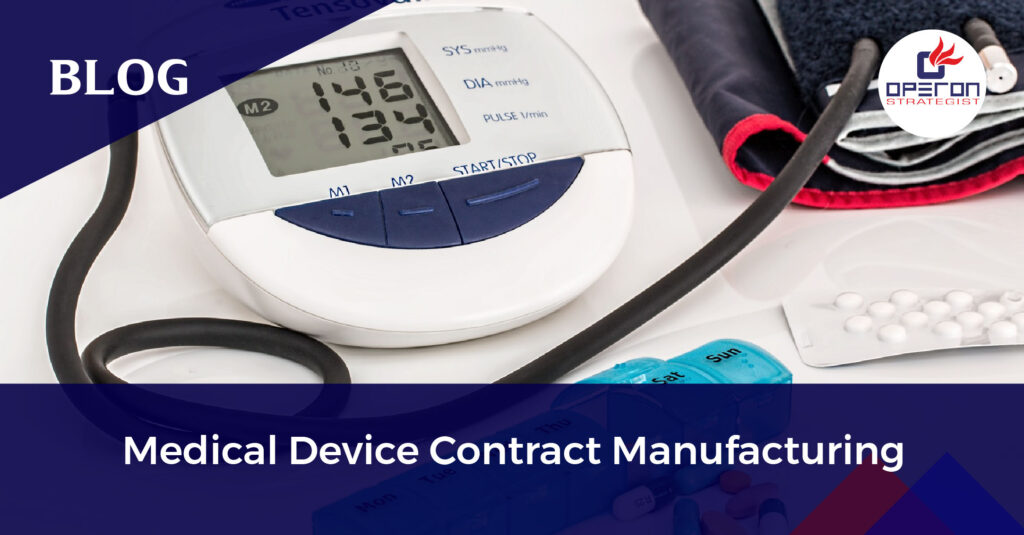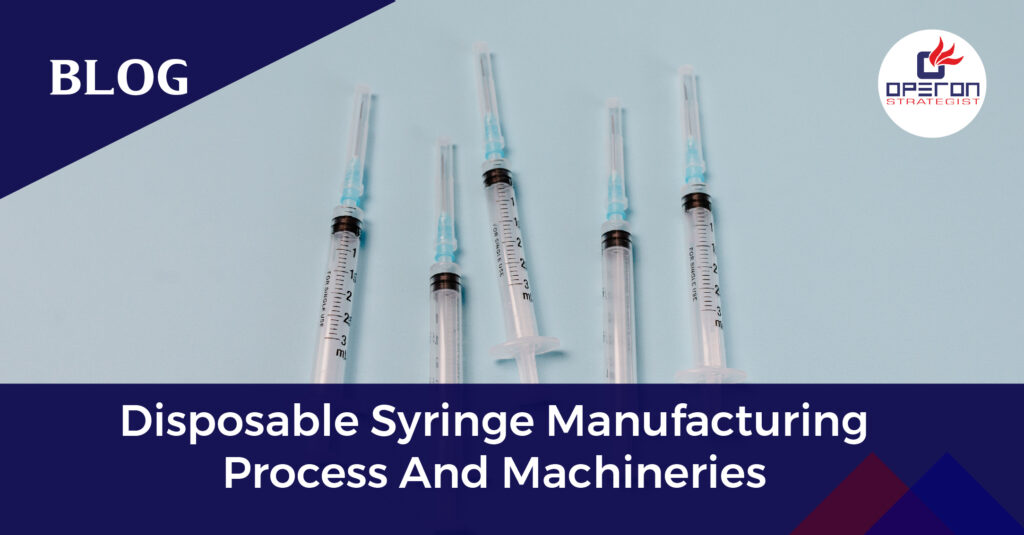Introduction: Why Are Surgical Drapes Essential in Healthcare?
Did you know that surgical site infections (SSIs) account for 20% of all hospital-acquired infections? One of the most effective ways to prevent SSIs is by using sterile surgical drapes. These essential medical products create a protective barrier, ensuring a sterile field during surgeries.
What Are Surgical Drapes?
Surgical drapes are sterile sheets used to establish a sterile field during medical procedures. Their main purpose is to:
- Prevent infections by blocking the spread of contaminants.
- Shield patients and surgical staff from fluid exposure.
- Enhance patient comfort while maintaining modesty.
These drapes come in various sizes and materials, tailored to different surgical requirements.
Looking For Disposable Surgical Drapes Manufacturing Consultants?
Let’s have a word about your next project.
Materials Used in Surgical Drapes
Surgical drapes are designed to be fluid-resistant and sterile. The primary materials used include:
✅ Synthetic Fabrics (Polypropylene & Polyethylene): Known for their liquid and microbial resistance.
✅ Cotton Fabric: Absorbs fluids effectively but requires special treatments for sterility.
✅ Adhesive Backings: Ensures drapes stay in place during procedures.
✅ Plastic Layers: Provide an additional barrier against contamination.
The choice of material depends on the type of surgery and infection control requirements.
How Are Surgical Drapes Tested?
To ensure safety and compliance, surgical drapes undergo rigorous testing, including:
✔ Barrier Protection Tests: Assess resistance to liquids and microorganisms.
✔ Strength Testing: Evaluates tear and tensile strength.
✔ Lint & Particle Release Test: Ensures no shedding that could contaminate surgical sites.
✔ Biocompatibility Assessment: Confirms drapes are safe for human contact.
✔ Flammability Testing: Reduces fire risks in the operating room.
✔ Sterility Assurance: Guarantees the product is free from contaminants before use.
These quality control measures ensure surgical drapes meet industry standards like ISO 13485.
Uses of Surgical Drapes
Surgical drapes serve multiple purposes in medical procedures:
🔹 Creates a Sterile Barrier: Prevents contamination of the surgical site.
🔹 Reduces Infection Risks: Minimizes the chance of surgical site infections.
🔹 Fluid Management: Controls blood and bodily fluids, keeping the surgical area clean.
🔹 Enhances Patient & Staff Protection: Acts as a shield against contamination.
🔹 Improves Patient Comfort: Provides warmth and maintains patient dignity.
Types of Surgical Drapes
Different procedures require specific types of drapes:
✔ Basic Surgical Drapes: General-purpose drapes for creating a sterile barrier.
✔ Incise Drapes: Adhesive-backed drapes placed directly on the surgical site.
✔ Fenestrated Drapes: Designed with an opening for surgical access while maintaining sterility.
✔ Split Drapes: Used for procedures requiring two separate areas of access.
✔ Specialty Drapes: Tailored for specific procedures like ophthalmic or cardiac surgeries.
✔ Universal Drapes: Versatile, suitable for multiple surgical applications.
✔ Extremity Drapes: Designed for limb surgeries to cover specific extremities.
Each type is crafted to enhance surgical efficiency and safety.
Ready to Start Your Surgical Drapes Manufacturing Journey?
Why Choose Operon Strategist for Medical Device Manufacturing?
Looking for expert guidance in setting up your surgical drapes manufacturing unit? Operon Strategist is your trusted regulatory consultant!
With 12+ years of experience and a presence in 32 countries, we offer:
✅ Turnkey solutions for medical device manufacturing plants.
✅ Regulatory compliance support for CE Marking, US FDA 510(k), CDSCO approvals, UKCA Marking.
✅ Manufacturing plant layout design tailored for efficiency and compliance.
✅ Quality management system (QMS) implementation in line with ISO 13485.📞 Let’s discuss your project! Contact us today.
- adminhttps://operonstrategist.com/author/admin-2/
- adminhttps://operonstrategist.com/author/admin-2/
- adminhttps://operonstrategist.com/author/admin-2/
- adminhttps://operonstrategist.com/author/admin-2/




